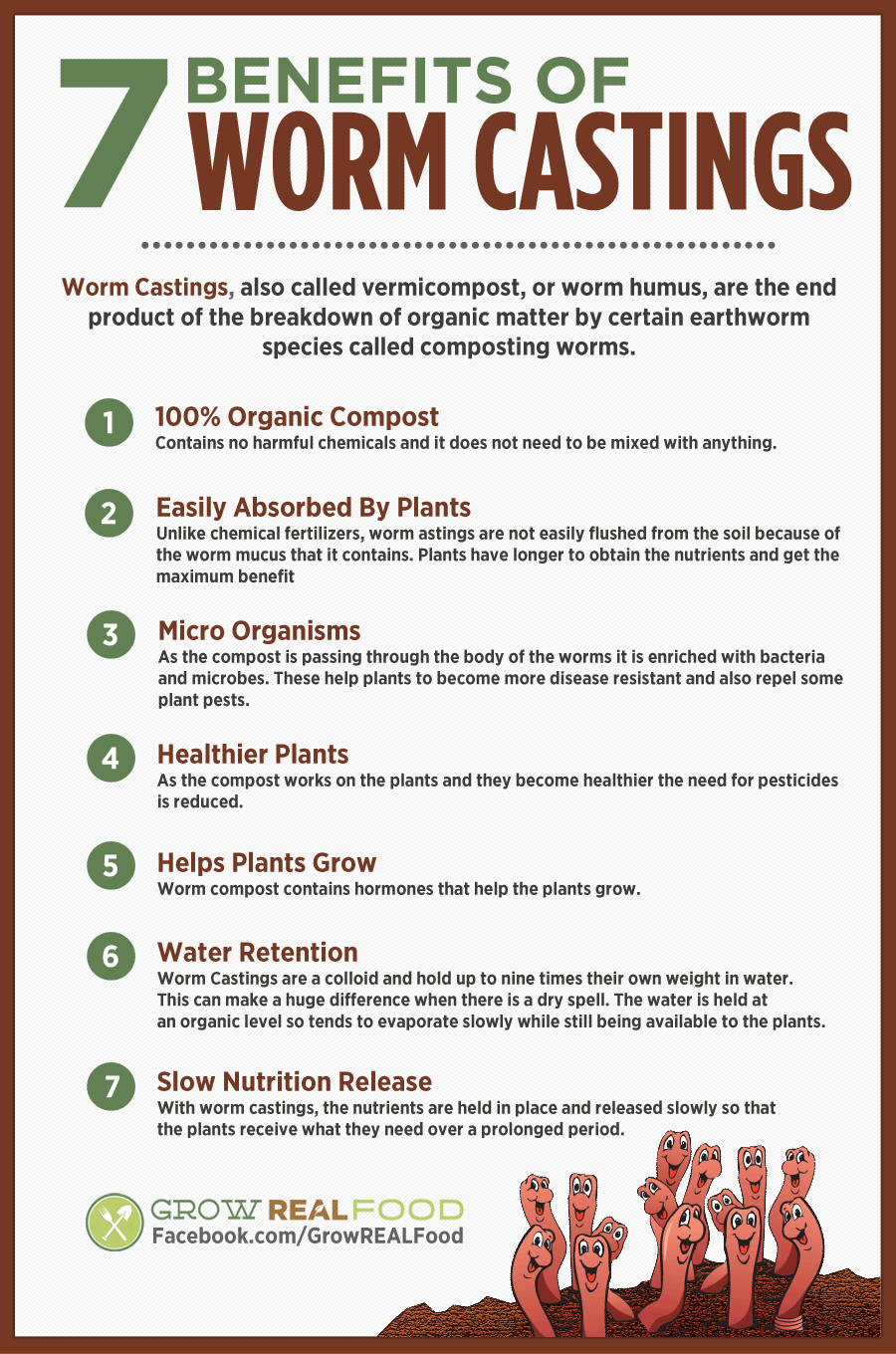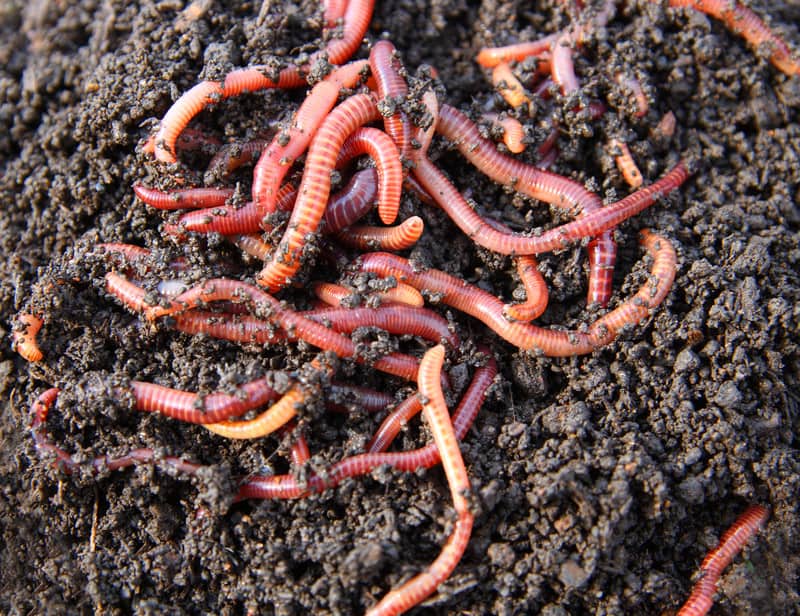Getting My North Carolina Worms To Work
Not known Details About North Carolina Worms
Table of ContentsUnknown Facts About North Carolina WormsNorth Carolina Worms Can Be Fun For EveryoneNorth Carolina Worms Things To Know Before You BuyAbout North Carolina Worms
Instance: 1-gallon of worm castings to 4 gallons of potting mix. Do NOT utilize a potting mix that has chemical plant foods in it. Read the labelit will state. 1/2 mug in the bottom of the growing hole for smaller plants. 1 mug for larger plants. ie. tomatoes, green peppers, summer season squash, and the like.
The enhancement of tea can additionally add enhanced microbial biomass to your dirt. You can constantly side-dress your plants with worm castings at any type of time. Simply bear in mind, the bacteria will die if exposed to UV rays (Sun), so make certain to cover the castings with an inch or two of dirt.
This baffled them for several years till the testing methods progressed. They located that plant growth and wellness displayed a Bell Curve. It would obtain much better(with more spreadings), level off, and afterwards decline. They were dumbfounded. They ultimately uncovered that excess plant-growth hormones were the wrongdoer. Way too many worm castings would increase the growth to a speed that the plant might not recover from.
The 20-Second Trick For North Carolina Worms
I have clarified the merits of worm spreadings for regarding 2000 words. Worm castings are no different. It takes time to create quality worm castings.
Worm spreadings absolutely cost even more than chemical plant foods. Worm castings are on the less expensive end of organic plant foods. (50 gallons per year) It is a much more challenging and very pricey financial investment to generate big amounts of worm spreadings.

Producing a healthy dirt may be the greatest advantage of worm castings. We went over worm castings NPK and also the correct nutrient analysis that must apply to worm castings.
The Greatest Guide To North Carolina Worms
We chatted about some of the downsides linked with worm castings. I covered a whole lot of material in this write-up. There are a great deal of links (internal and external). If you would certainly such as even more information on a particular topic, please click via the links to read more. As always, feel cost-free to comment or ask questions.
The vertical burrows are commonly open, although the worms top the top with residue and waste matter. Roots require oxygen for their development, whereas they create carbon dioxide that needs to leave the dirt.
Earthworms raise porosity by two devices: (1) by developing long-term burrows, and (2) by improving dirt gathering. Aggregation is improved by the blending of soil and organic matter in the earthworms' guts. Lake Hickory Bait. These extremely stable accumulations are transferred by some earthworms in their burrows, and by others at the surface of the dirt


In one more research study, earthworms were approximated to consume 4 to 10 percent of the top 6 inches of the soil yearly. Soil compaction decreases the porosity of the soil.
North Carolina Worms Can Be Fun For Everyone
Normal earthworm populations can easily eat 2 lots of completely dry issue per acre each year, partly digesting and blending it with soil. The relevance of earthworms to blend surface area deposit with soil comes to be extremely clear in soils that do not have any kind of earthworms. The majority of our Pennsylvania dirts have at least some earthworms, and the result of their total lack, as a result, can not be kept in mind.
(https://bluesparkledirectory.com/gosearch.php?q=http%3A%2F%2Fwww.northcarolinaworms.com%2F)In these soils, the formation of topsoil with affordable natural issue web content did not take area, resulting in poor crop growth. Once the reason was established, the government of the Netherlands started a campaign to introduce earthworms. After the intro of the earthworms, a dark topsoil layer was created, and plant development boosted considerably.
They live largely from partly decomposed natural issue that is already incorporated in the soil. They consume their means via the dirt, producing horizontal burrows that they loaded with their excrement. These species consume big amounts of dirt that they blend with absorbed crop residue in their intestines. or anecic varieties reside in long-term vertical burrows that can be 5 or 6 feet deep.
These types ingest considerable amounts of dirt that they blend with digested deposit in their intestines. Their excrement is largely deposited at the surface area of the soil.